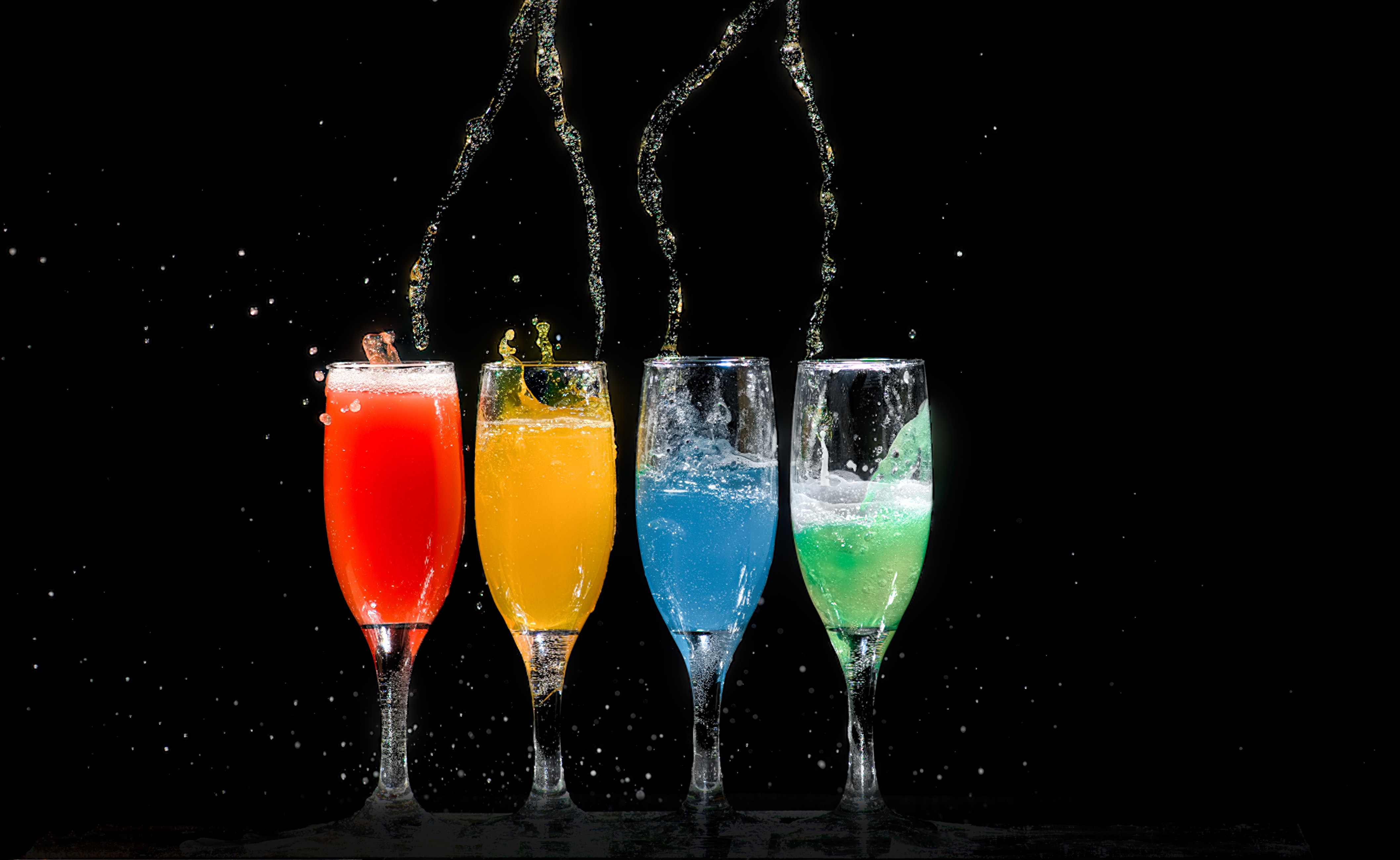August 09, 2023
The world of alcoholic beverages is rich and diverse, offering a wide array of choices that cater to various palates and preferences. Among the key factors that differentiate these drinks is their alcohol content, often measured in terms of Alcohol By Volume (ABV). ABV plays a pivotal role in understanding the potency and impact of different alcoholic beverages. In this blog, we delve into the depths of ABV, its definition, significance, and the stories it tells about the drinks we enjoy.

Alcohol By Volume (ABV) is a standard measurement used to express the amount of alcohol (ethanol) present in a beverage as a percentage of the total volume. It provides consumers with a straightforward understanding of how much alcohol they can expect to find in a particular drink. This information is crucial for a variety of reasons, ranging from personal consumption choices to legal regulations and taxation purposes.
The formula for calculating ABV is relatively simple:
ABV (%) = (Alcohol Content / Total Volume) * 100
For example, if a beverage has 40 milliliters of alcohol in a total volume of 200 milliliters, the ABV would be:
ABV = (40 / 200) * 100 = 20%
ABV holds great significance in the world of alcoholic beverages for both consumers and producers. Here's why:
ABV helps consumers make informed decisions about their drinking preferences. A beverage with a higher ABV will likely have a stronger taste and a more noticeable alcohol effect than one with a lower ABV.
Serving Size and Responsibility
Understanding ABV aids in controlling and moderating alcohol consumption. People can gauge how much they are consuming per serving, promoting responsible drinking habits.
Many countries regulate and tax alcoholic beverages based on their ABV. This helps ensure that products are labeled accurately and adhere to legal requirements.
Different beverages are enjoyed in various social and cultural contexts. ABV helps categorize drinks by strength, allowing individuals to choose beverages that suit the occasion.
Diverse ABV Ranges
Beverages come in a wide range of ABV levels, influencing their flavor profiles, effects, and intended purposes. Here are a few examples:
Beer: Typically, beer has an ABV range of 4-12%, with light beers at the lower end and craft and specialty beers at the higher end. Higher ABV beers often offer richer flavors and more complexity.
Wine: Wines generally have an ABV of 9-16%, with variations between different types such as red, white, and rosé. Fortified wines like port or sherry can have higher ABV levels.
Spirits: Spirits, also known as hard liquor, have the highest ABV, ranging from 20% for liqueurs to over 60% for some types of whiskey, vodka, and rum.
Beyond the numbers, ABV tells stories about the craft, culture, and history of beverages. The ABV of traditional drinks might reveal the resources available in a region, the techniques employed by local artisans, and the customs of a community. Modern innovations might also play with ABV to create new flavors and experiences.
Alcohol By Volume (ABV) serves as a compass guiding enthusiasts and consumers through the diverse world of alcoholic beverages. It provides valuable insights into the potency and character of drinks, allowing individuals to choose what aligns with their preferences and the occasion. As you raise your glass to toast, take a moment to appreciate the ABV label – a window into the heart and soul of the beverage before you. Remember, with great knowledge of ABV comes the power to enjoy alcoholic beverages responsibly and with a deeper understanding.